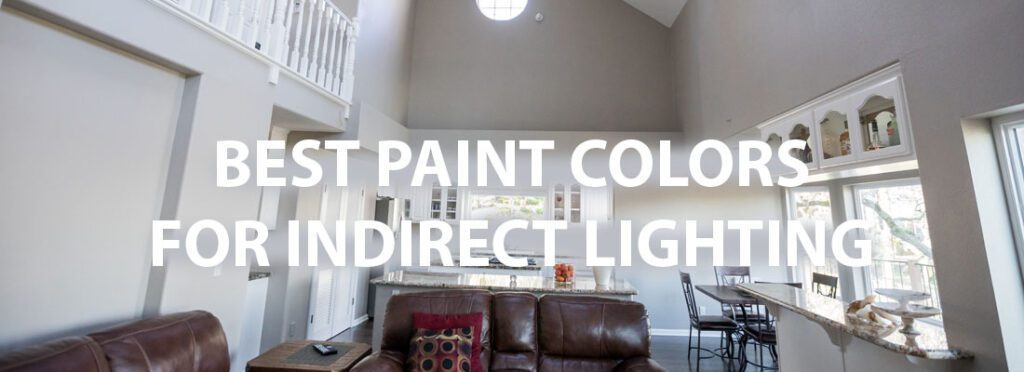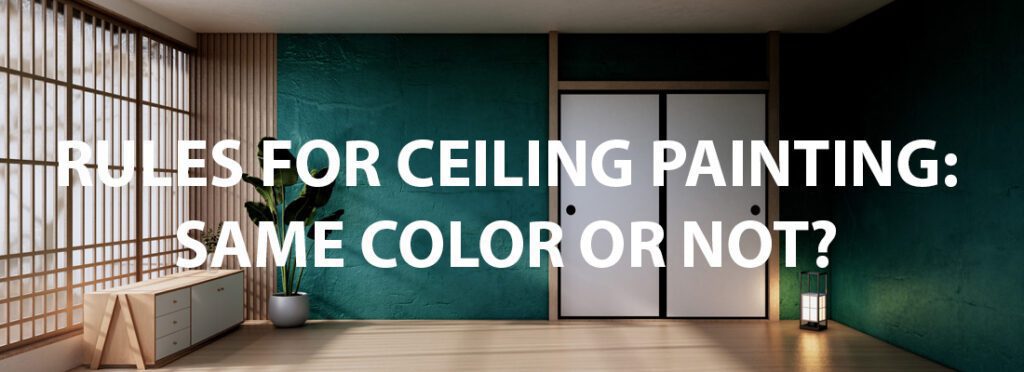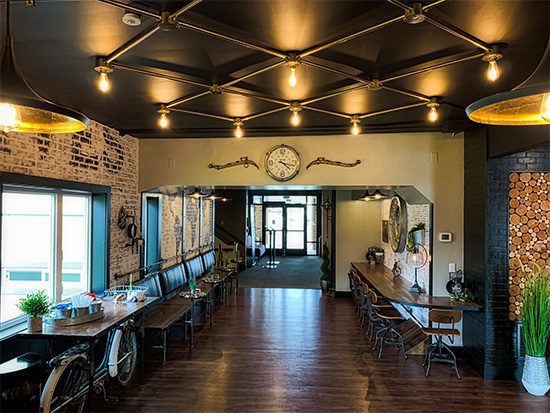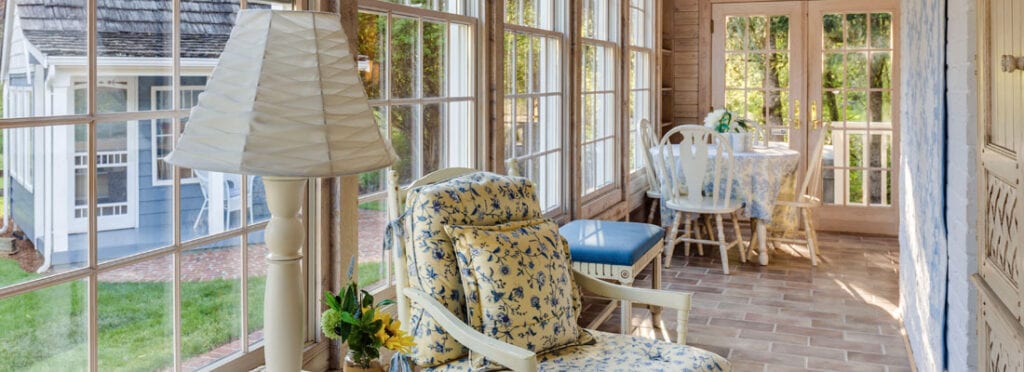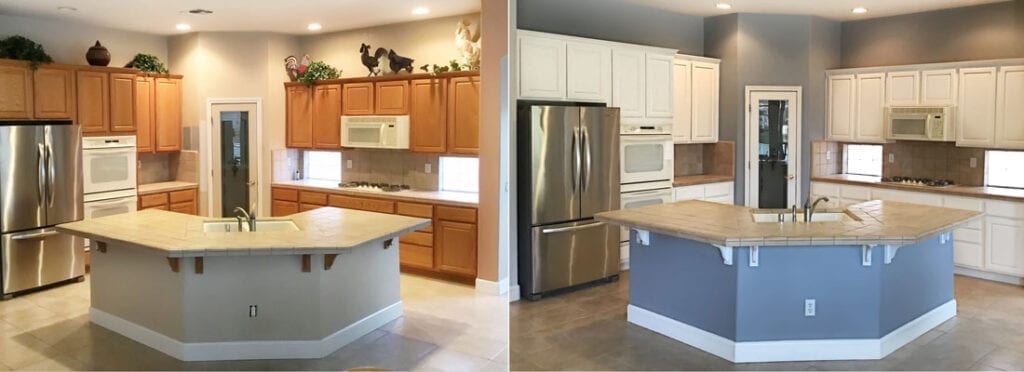
It can be a daunting and overwhelming task to choose the best bathroom paint colors for your home. Do you follow your own style and go with a color you love or follow the trending colors that can boost the resale value of your house? Bathrooms tend to be very personal spaces so it’s important that you choose a style that matches your personality. It’s helpful to figure out what vibe you’re going for and that will help narrow down your color choices. In this article, we’ll go over different bathroom paint ideas as well as the best colors for resale value to ensure you choose a bathroom paint color you fall in love with.
If you live in the Sacramento area and need your bathroom painted, click the button below to get a free estimate. We serve the entire area including Dixon and Stockton. We can also paint your home’s entire interior including the cabinets!
Do You Paint Walls or Trim First?
Best Bathroom Paint Colors
Ultimately, you get to choose the paint color for your bathroom that you feel best suits the style or look you’re envisioning. However, if you’d like some suggestions from professional painting experts on the best bathroom paint colors, you’ve come to the right place. Below is a list of our top bathroom paint color recommendations:
-
Creamy White
Creamy white is a great choice when bright white is just a bit too intense for your liking. This classic version of white is timeless and warm and pairs nicely with black for a stark contrasting look or other softer accent colors such as pale yellow or soft pink.
-
Soft Blues
When it comes to bathrooms, you can’t go wrong with a soft blue. You can’t help but feel calm and relaxed when surrounded by this cool neutral. Try using a dusty or powder blue as your base color or even as an accent. Pairing blue against white tile or trim completes a dreamy look. Because blue is reminiscent of both the sky and water, it’s no wonder blue just keeps rising in popularity as the perfect color for a bathroom.
-
Black or Charcoal
The dark, bold tones of black or charcoal may not be your first thought when it comes to bathroom colors. However, more and more homeowners are discovering the unique charm of these dark hues. If you’re looking for a dramatic and moody look, give charcoal a spin. Paired with white or cream, the black tones can create a bold, contemporary look or come off as very sophisticated. Whether you choose to tone it down or pair it with a soft, warm shade, the possibilities are endless.
-
Warm Earth Tones
Warm earth tones are cozy and grounding. Colors such as beige, taupe, terra-cotta, and grays are timeless. These preferred colors are the perfect complement to rich wood finishes or natural stone tile countertops often found in bathrooms.
-
Light Gray
Light gray is in close running with light blue in the bathroom paint popularity contest. Because gray can be either warm or cool, there are endless ways to utilize this sometimes understated color. Since light gray pretty much goes with everything, you can pair it with brighter tones such as yellow or teil or keep things simple with neutral or wood accents.
-
Neutrals
Most neutrals reflect light to brighten your space and create a clean and calm look. If you’re thinking that neutrals are too basic or boring for your style, try layering different shades of the same hue throughout your room. This can be accomplished by utilizing flooring, rugs, wall accents, tile and trim accents, and more.
But remember that neutral bathroom colors aren’t limited to white and beige tones. A wide range of textures and tones can add personality and dynamic contrast to your go-to colors. Add shiny finishes to create subtle details without taking away from a sophisticated feel.
Best Colors for Resale Value
Are you considering putting your home on the market in the near future? If so, you’ll want to be aware of what colors will up your resale value and what colors may make selling your home more difficult.
Currently, painting your bathroom light blue can increase the value of your home by $5000. A light blue hue invites a calm, serene, and relaxing environment that compliments almost any decor or design style. Light yellow, cream, beige, and gray are also favorites of prospective home buyers. We recommend avoiding reds, pinks, and greens as paint choices if you want to get top dollar for your home.
Best Colors for Different Types of Lighting
If you’ve ever done much painting around your home, you understand that varying degrees of natural and artificial light plays a big role in how a paint color will show up. No matter what interior room you are painting, it’s important to consider the quality and source of light for that space.
When you’re looking for paint colors to use in low-light rooms, go with shades that enhance its sense of space.
How Natural Light Affects Colors
Natural lighting comes and goes throughout your home each day as the sun rises and eventually sets. These changes in light can drastically affect how a color appears in a certain space. As the angle of the sun changes, so can the color of your walls. For this reason, it’s always best to look at paint samples in natural light before committing.
Generally speaking, if your room faces North, it will let in a soft light producing a warm effect. This means that your dark-colored paints will appear darker than normal and your light colors will also be more dim. For rooms with natural light we recommend the following colors:
- Light blue
- Sage Green
- Pale Yellow
- Lavender
- Pale Pink
- Black
- Plum
- Navy
How Artificial Lighting Affects Colors
Artificial lighting from light bulbs also has a profound effect on paint color. Keep in mind that the same paint color will appear different in natural versus artificial light. Artificial lighting can be used to supplement when natural light isn’t abundant.
Colors that reflect light are typically the best colors to use in a room with artificial lighting. Colors with a cool undertone give the maximum lighting effect and make the room seem more spacious. The best bathroom paint colors for low-light spaces are the following:
- White
- Shades of gray
- Shades of blue
- Yellow
- Neutrals
- Pastels
Accent walls are also a great way to help brighten a room with little natural light. Try painting just one wall a dark or bold color while painting the remaining walls a lighter shade like white or cream. The dark-to-light contrast opens the space and provides a unique decorating style.
Best Bathroom Paint Colors for Your Home Conclusion
Paint has the power to quickly transform a room. However, choosing the right paint color for your bathroom can be tricky. Be sure to take into account the natural and artificial lighting situation around your bathroom. Bathroom design can have a profound impact on your mood, given it’s the room where we start out our day. Consider what vibe you want to create and what colors you’re drawn to.
If you’re having a hard time making a color decision, don’t hesitate to contact PaintRite Pros. Our team of painting professionals can help you settle on the best color for your home as well as answer any other painting questions. We have an amazing reputation throughout the Elk Grove-Sacramento area because we love what we do and we do it well.




